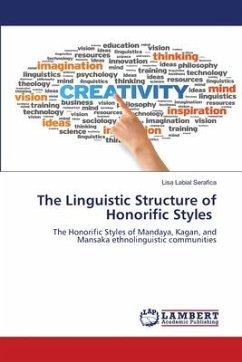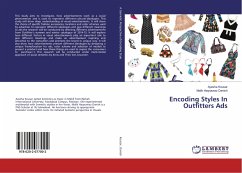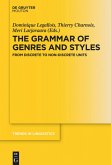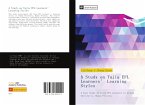Honorifics vary greatly depending on the language, culture, and specific customs of the group in question. Some communities might use pronouns such as "Your Majesty" or "Your Excellency" to show respect for someone in a position of authority, while others may use special titles like "Chief" or "Elder" to honor someone with a distinguished status or achievement. This ethnographic design study was aimed to explore the extant honorific styles of the Mandaya, Kagan, and Mansaka ethnolinguistic communities of Tagum City. The findings reveal the existence of the appellative honorifics of Kinship, Sub-kinship, Rank, Aged, Professional, No Naming, and Identity Honorifics. Moreover, bound morpheme markers such as ma, dag, da, pyag, an, gi, on, ka, di, and ba exist in the dialects of the ethnolinguistic communities which describe and define the person's characteristics and abilities in the honorific styles.
Bitte wählen Sie Ihr Anliegen aus.
Rechnungen
Retourenschein anfordern
Bestellstatus
Storno








